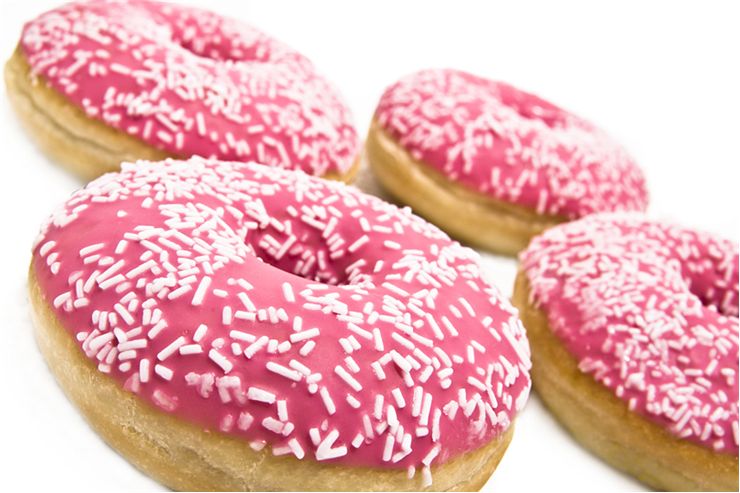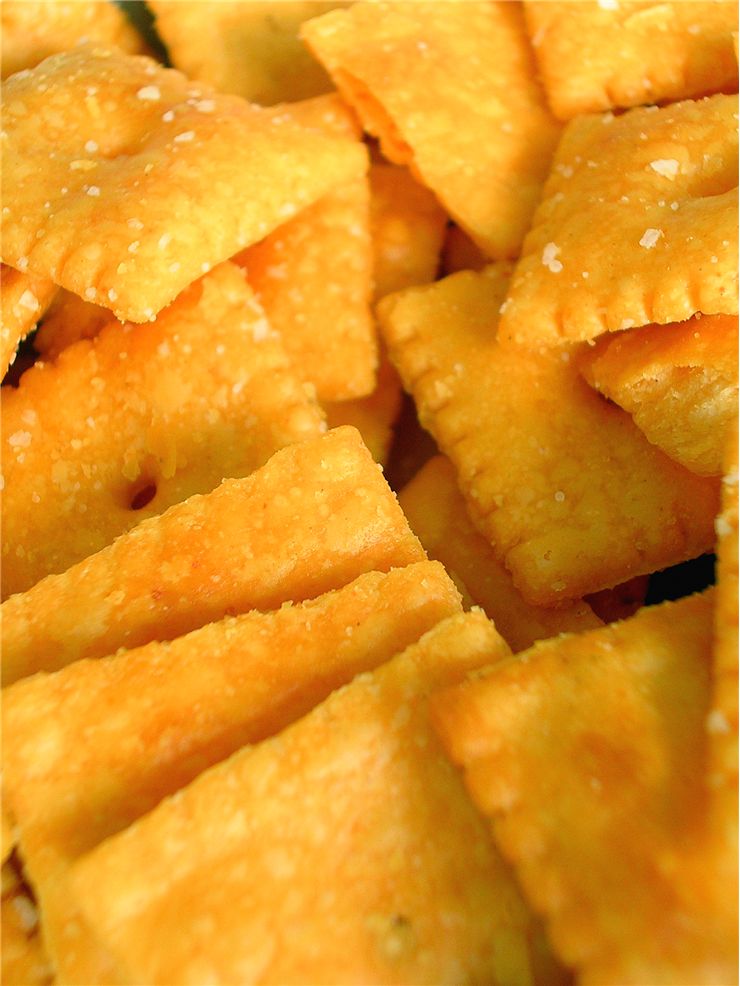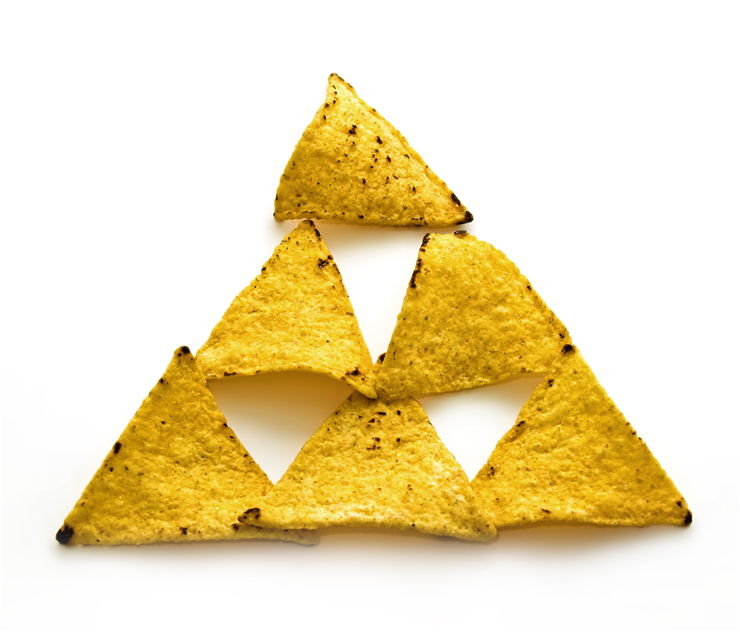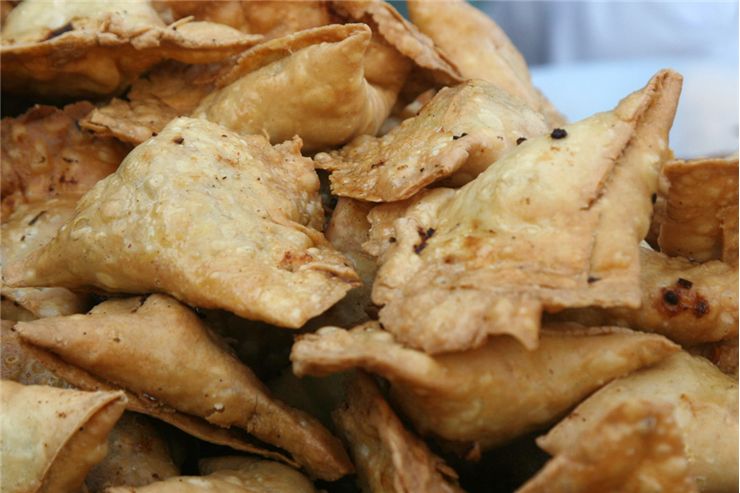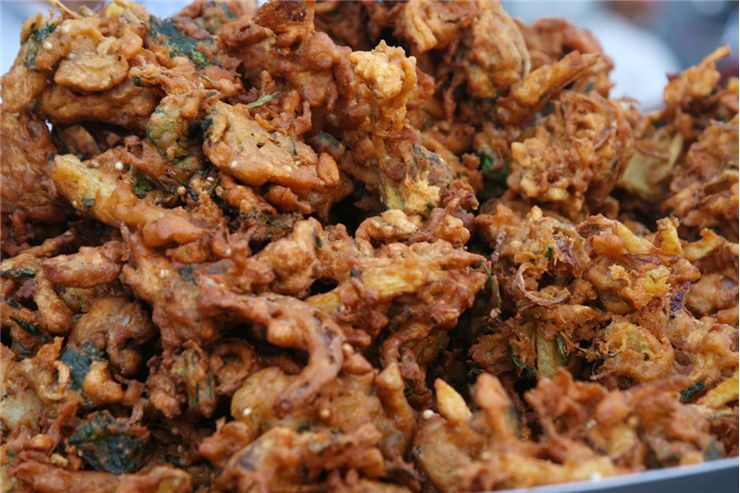History of Junk Food and Facts about Unhealthy Food
Junk food is term for food that has little nutritional value. This kind of food often has high amounts of fat, sugar, salt, and calories. Invention of the term is attributed to Michael Jacobson, director of the Center for Science in the Public Interest, who used it first in 1972.
Although we eat unhealthy food for centuries most types of junk food appeared in 20th century as a result of mechanization, electricity and labor-saving devices that were used for preparation of food. It was a time when a processed food appeared and manufacturers started making food with cheaper ingredients with less nutritional value and using fast preparation methods that further lessened healthiness of food. Snack food, gum, candy, and sweet desserts are even older and none healthier. But the term “junk food” is not strictly defined and depends on personal tastes and social status. A study performed on rats in 2008 by Paul Johnson and Paul Kenny from the Scripps Research Institute suggests that junk food affects the brain in the similar matter as addictive drugs do. Some countries try to curb down consumption of junk food by introducing junk food taxes.
- Term “junk food” was used for the first time in 1972 but it owes its popularity to a novelty song “Junk Food Junkie” by Larry Groce that was popular in 1976.
- Cracker Jack, candy-coated popcorn and peanuts, was the first to use toys as prizes in its bags so it could be easily targeted to children.
- One of the inventors of cotton candy (candy floss) machine was a dentist.
- Twice as much money goes into advertising of cereals than into ingredients for cereals.
- Commercials for junk food are mostly targeted at young children and teenagers.
- If a junk food is integrated into a well balanced diet and not consumed often, it does not present danger to health.
- Of all food commercials aired on Saturday mornings during children shows, some 80% are for junk food.
- The Tootsie Roll got its name after its creator Leo Hirshfield's daughter Clara, who was nicknamed Tootsie.
- Modern vending machines appeared in the Britain in 1880s (although we have examples of machines that dispensed products when a coin was inserted since the ancient times.) First one came to United States in 1888 and by 1926 on every 100 citizens there was one vending machine.
- Tootsie Rolls were the first penny candy to be individually wrapped.
- Doctors associate increase in popularity of junk food with increase in cases of obesity, heart disease, high blood pressure, some cancers, tooth decay, and other diseases.
- Test conducted on cereals in 1975 found out that a third of brands of that time had sugar levels of 50%. Other third had sugar levels between 10% and 25%. They even found one brand called Super Orange Crisps that had sugar level of over 70%.
- Twinkies have shelf life of 30 days (myth that they have indefinite shelf life is not true.)
Note: This article does not provide medical advice, diagnosis or treatment.
